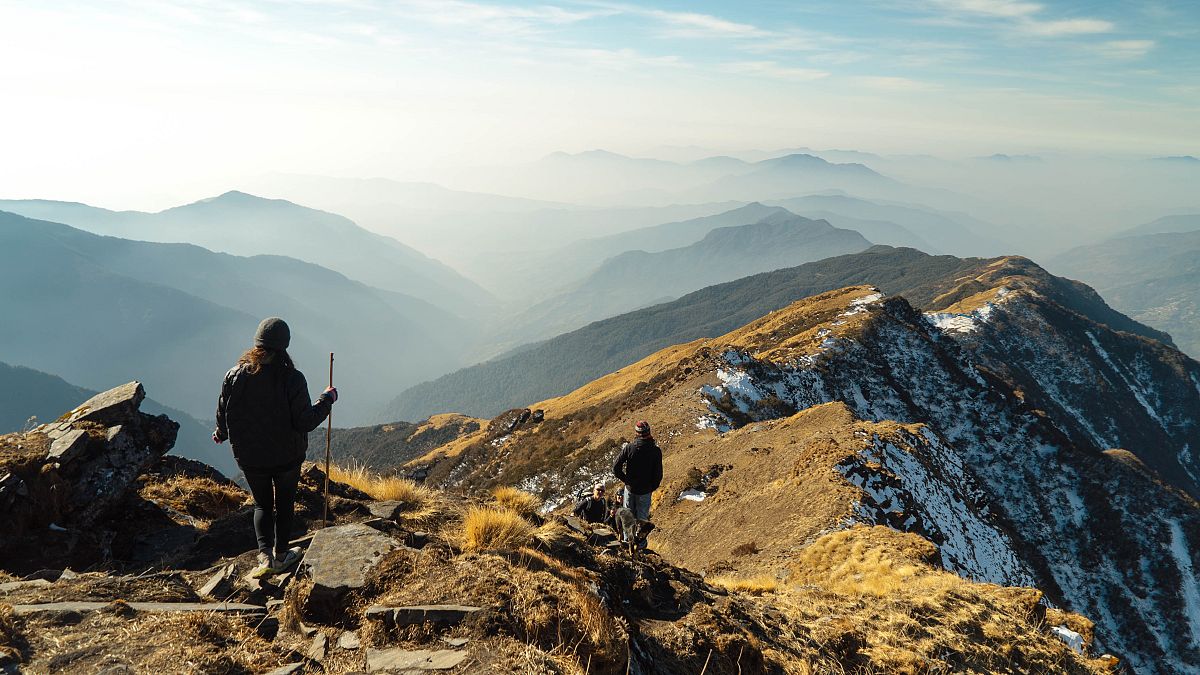Google Maps may be one of the most popular navigation apps, but hikers should not rely on the system in the wilderness.
A hiker in British Columbia ended up in life-threatening circumstances after following a non-existent trail marked on Google Maps earlier this month.
The route took the walker to a perilous cliff on Mount Fromme, north of Vancouver in the US, where they had to be rescued by helicopter.
“The area in question has no trails and is very steep with many cliff bands throughout,” mountain rescue team North Shore Rescue (NSR) wrote in a post on Facebook.
“In the preceding weeks, NSR had actually placed signage in the area warning of this.”
This is reportedly the third time that hikers have followed the phantom trail from Kennedy Falls and had to be rescued.
The route has now been deleted from Google Maps, but this is not the only incident of erroneous directions that have led users into danger.
In North Carolina, a man died last September after driving his car off a collapsed bridge while following the app’s directions.
Euronews has reached out to Google for comment on how they monitor fake or inaccurate routes. The tech giant is being sued for negligence over the North Carolina incident.
What are the best navigation apps for hikers?
Google Maps may be one of the most popular navigation apps, but hikers should not rely on the system.
“It is simply not appropriate to navigate in the wilderness using ‘urban street map’ programmes like Google Maps,” said NSR. “Trip planning beyond looking at Google Maps would have shown no trails in [the Mount Fromme] area.”
The UK’s Great Outdoors magazine similarly advises that Google Maps won’t cut it in the wild.
“At a minimum, the best hiking apps must offer detailed offline topographical mapping,” one article says.
If you’re happy to spend money on an app, the magazine recommends Topo Maps for reliability, speed and excellent planning tools, or Outdooractive with fast planning and community-recommended routes.
If you are walking in the UK, you can use highly detailed and topographical Ordnance Survey maps, which are available on a paid app as well as on Topo Maps and Outdooractive.
Other high-quality navigation apps in Europe include Gaia GPs, which allows for detailed route planning and multilayered maps, including overlaying snow forecasts onto trails.
If you don’t have signal on the route, you can save the map to your phone with the paid version.
AllTrails is a useful app for its detailed descriptions of routes. It includes reviews, user photos and condition reports so you can have a good idea of what awaits you on each trail.
The Great Outdoors magazine advises that you always choose an app with offline features, including ones that allow you to plan when phone service dips out.
As map apps and GPS quickly drain phone battery, you should carry a portable charger or second phone with you.
Finally, the old-fashioned methods are still the most reliable - bring a paper map and a compass and practice how to use them.



